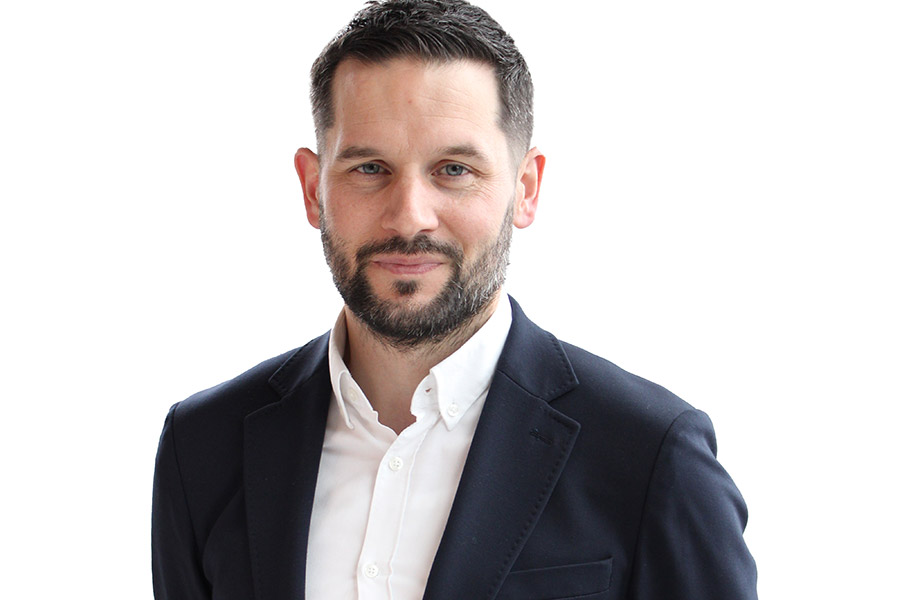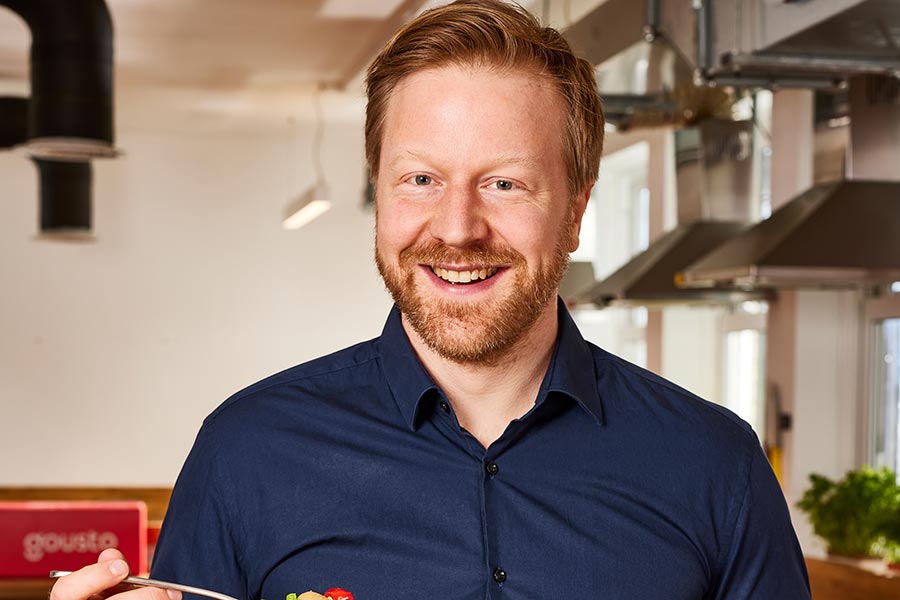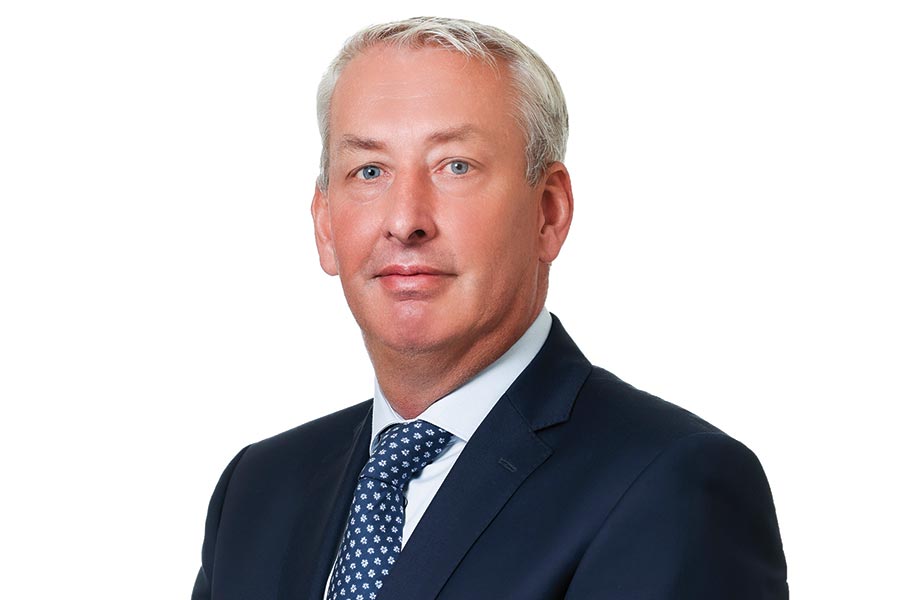Professional services provider Grant Thornton believes in a multidisciplinary approach to AI adoption – both internally and when working with its clients. Partner Shane O’Neill talks Sorcha Corcoran through the process
Grant Thornton assesses on a daily basis where it makes sense to leverage fintech, regtech and sustainability tech solutions — as well as typical and more nuanced platforms — across all of its service lines.
“Our approach has always been to identify opportunities to leverage technology for more efficient and better outcomes.
“Key to achieving this is ensuring there are multidisciplinary teams positioned to critique where there is potential value and waste in the value chain,” Shane O’Neill, a partner at the firm, says.
“The areas we zone in on first and foremost are advanced data solutions and analytics and opportunities for automation and the potential for artificial intelligence solutions.”
Grant Thornton has gone beyond using AI to simply accelerate certain activities, such as month-end or year-end closing activities or qualitative analysis taken for writing up reports.
Within its audit service line, it has built its own technology platform, which applies AI to augment and accelerate the auditors’ document review and provide deeper insights into the financial figures to identify findings.
“This is bringing a huge raft of benefits in terms of enhancing the overall intake of data, which means the audit team is able to drive and deliver more concise findings,” O’Neill says.
“The platform can now be leveraged by non-audit clients; to give them a deeper understanding of their financial function from a compliance standpoint.
“It is hugely important that we eat our own dog food — we are progressing with our own AI capability while leveraging the same approach for our clients.”
In the past year, Grant Thornton has deployed a new tool, which is enabling professionals across the firm to allow clients manage risk and compliance obligations more effectively and efficiently.
Called Grant Thornton CompliAI, it works by combining Grant Thornton’s extensive global controls library with generative AI (GenAI) models and features.
As a result, its people can run control design and assessment tasks in minutes, including processes that would have traditionally taken days or weeks.
“CompliAI is accelerating reporting and reducing time spent on regulatory compliance for our clients,” O’Neill notes.
In his experience, clients generally face the same three challenges when it comes to unlocking the value of GenAI within their operations and organisations — the biggest of which is understanding the data set concerned and data maturity.
“This is about assessing the readiness to automate solutions based on the data set while adhering to good practice from a governance standpoint.
“This is a key challenge in the financial services sector in particular,” O’Neill explains.
Having a real understanding of what is feasible and practical in terms of implementing AI or digital solutions and linking that to outcomes is another common challenge.
“This goes back to the basics of understanding processes and the value chain and being really clear on what problem you’re trying to solve,” O’Neill says.
“Clients need to have a balanced approach, using the right industry and subject matter expertise to validate and challenge the benefits that specific transformation initiatives will deliver.”
The third challenge lies in embedding the human aspect when implementing a new digital solution or AI tool and scaling it across the organisation.
“Now, the emphasis needs to be placed on the change management programme; how to engage and bring people on the journey,” O’Neill says.
“A lot of the new tools require time and investment in training.
“You need to find the right balance and blend of what works across different organisations. “When showcasing and rolling out the innovation, it’s important that this doesn’t only come from purely technical people.

“You need to have multidisciplinary teams and a blend of perspectives and make sure you share insights from various activities with broader teams.
“Within Grant Thornton we achieve this through communities of practice to foster learning, collaboration and knowledge sharing among our employees.
“We will continue to invest in our people — both formally and informally — to focus on the practical ways and means to leverage new tools to benefit ourselves and deliver for our clients.”










